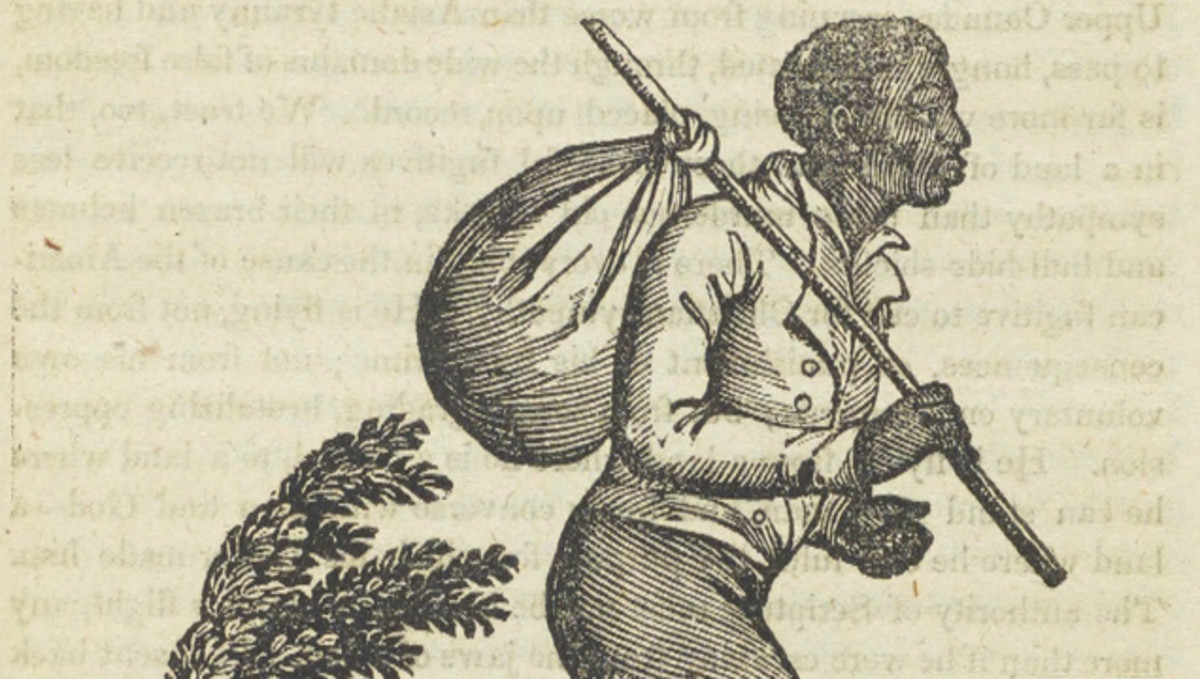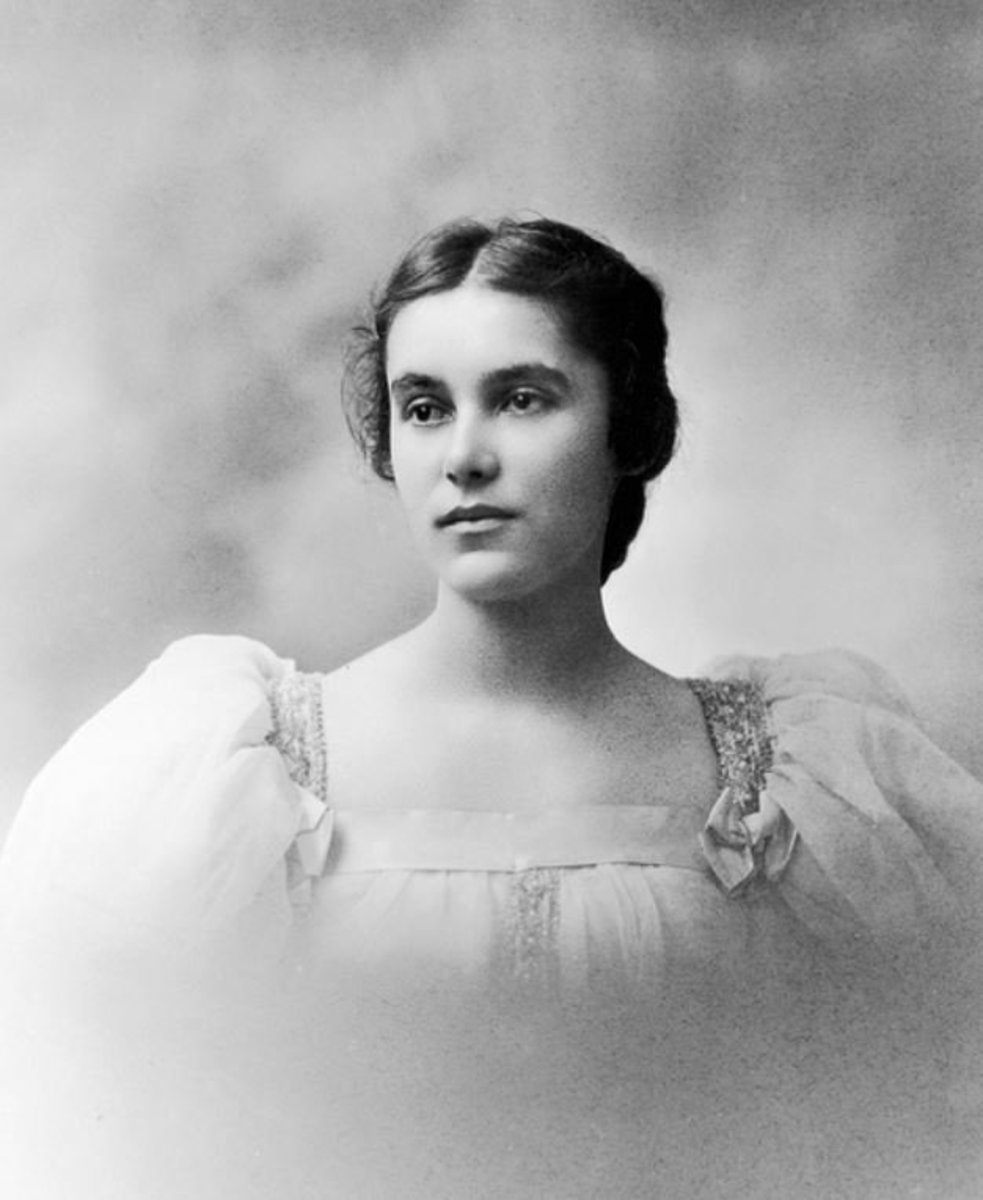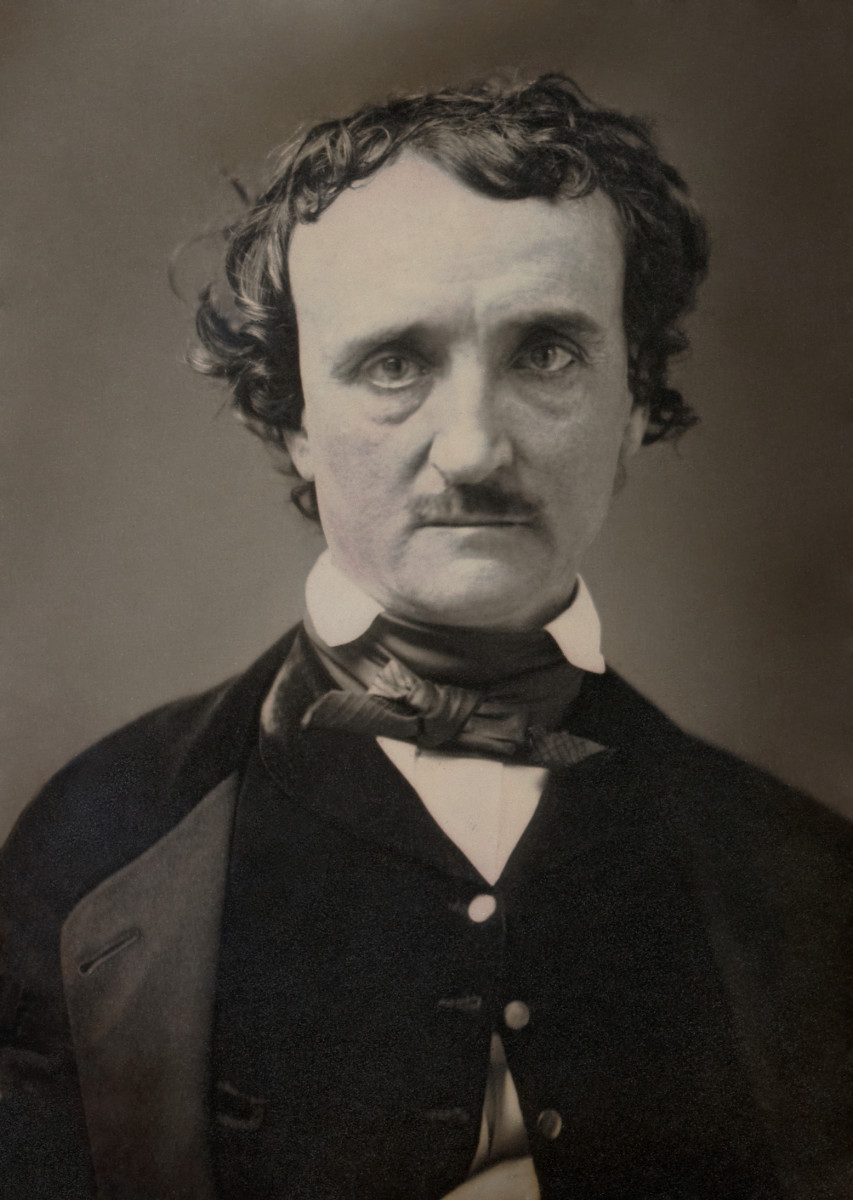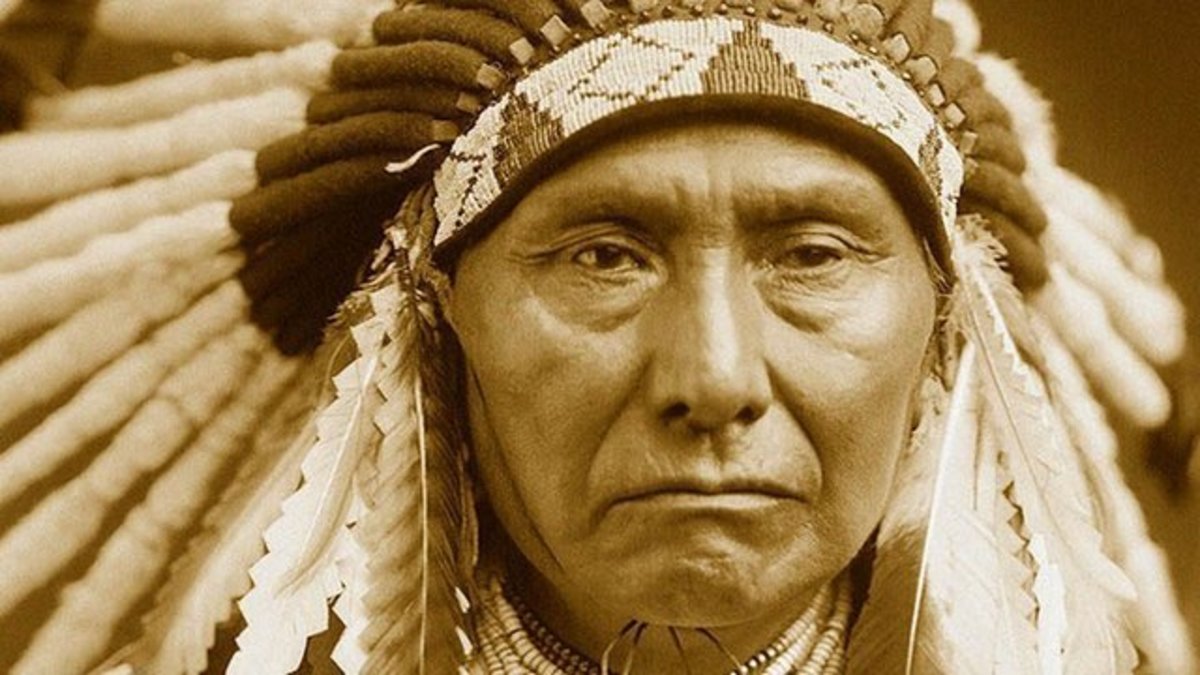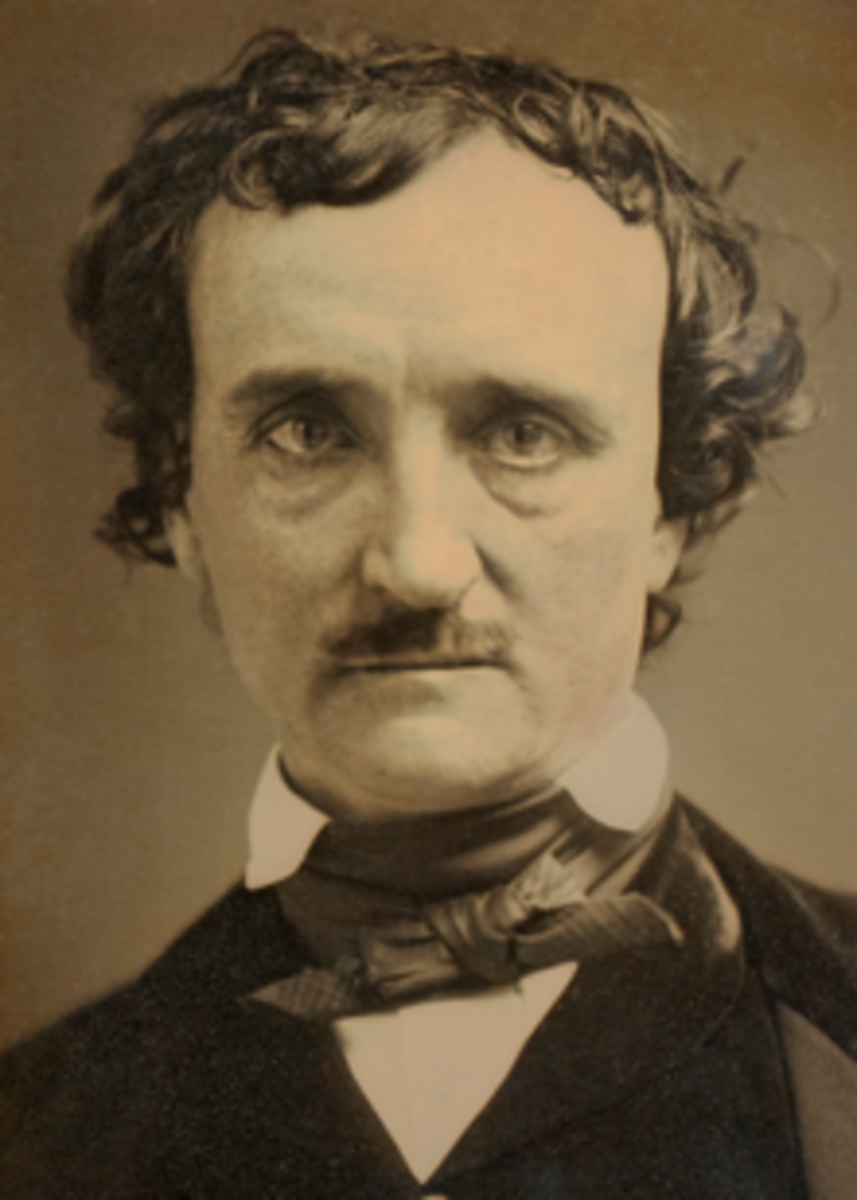African-American Folktales and More
African-American Folktales
African American Folktales
Africans who were brought to North America as slaves continued to tell the tales they remembered, particularly the talking–beasts tales.
Some of these stories took on new layers of meaning about the relationships between the slaves and their masters.
In the late eighteen hundred.
Joel Chandler Harris, a Georgia newspaperman, recorded these tales in a written approximation of the Gullah dialect in which the tales were told to him.
In this Uncle Remus:
In his songs and His Sayings, Harris invented Uncle Remus, an elderly plantation slave who told these talking-beast tales to a little white boy.
Harris was later criticized for his portrayal of the old South, but the ''Brer Rabbit'' stories live on in retelling by other people. Two excellent series have adapted these stories for today's children. In Jump Again!
Van Dyke Parks and Malcolm Jones present ''The Wonderful Tar-Baby Story,'' in which Brer Fox sets up a sticky contraption and then, ''Brer Fox he lay low.''
When Brer Rabbit is finally stuck, Brer Fox saunters forth and laughs threateningly, showing ''his teeth all white and shiny, like they were branded-new.''
Off-course, Brer Rabbit pleads with the fox to do anything but throw him into a briar patch, and the gullible fox is tricked once again into sparing the rabbit's life, for Brer Rabbit was ''bred and born in a briar patch.''
In contrast, Julius Lester’s’’Brer Rabbit and the Tar Baby'' from his Tales of Uncle Remus is a more rambunctious version that sounds as if it is being told directly to the reader. Asides, contemporary allusions, creative figurative language, and interjections are characteristic of this storyteller.
Folktales from the African Caribbean tradition have been collected in several books for children, and the islands have certainly contributed many stories to the mainland African American tradition.
Dr Bird by Gerald Hausman presents three tales about a hummingbird whose advice is not always well received by the animals he tries to help.
The Talking Eggs by San Souci is also a Creole folktale that seems to have its roots in European tales like those in Charlotte Huck's Toads and Diamonds.
A poor widow and her two daughters live on a farm that looks like the '' tail end of bad luck.''
Blanche who has to do all the work runs into the forest one day and finds a strange old woman who gives her the gift of special eggs, which will turn into riches when she throws them over her shoulder, but she is warned to take only the ones that say ''Take me.''
Blanche follows this advice even though the ones she leaves are jewel-encrusted. When she arrives home with fancy clothes and a carriage, her mother plots to steal Blanche’s things and send Rose for more.
Rose steals the jewelled eggs and is paid for her greediness by the release of whip snakes, wasps, and a cloud of bad things that chase her home.
San Souci and Jerry Pinkney have also collaborated on the Hired Hand, a somewhat macabre version of ''The Sorcerer's Apprentice.'' Young Sam, the lazy son of a hard-working sawmill owner, sees the hired hand work magic on an old man by making him young again.
When the greedy boy tries to perform the same trick on the man's wife, his victim ends up dead.
It is only when he is on trial for his life and expresses repentance that the hired hand appears and saves him.
The retold longer version of a short tale from the Sea Islands of South Carolina in Sukey and the Mermaid is also by San Souci.
Sukey has a mean stepfather who works her from dawn to dusk. Mama Jo, a mermaid, befriends her and gives her a gold coin whenever she calls her to the shore. Sukey's stepfather eventually discovers the mermaid's existence and tries to capture her for her gold.
Sukey is led on several journeys between the world of the sea and that of her home on land, but eventually, she decides to give up the mermaid's treasure for the love of a simple man.
Her greedy stepfather, who has caused her so much trouble and pain, drowns as he tries to escape with Mama Jo's gold.
Tall Tales
Ask any visitors to the United States what they have seen, and they are apt to laugh and reply that, whatever it was, it was the ''biggest in the world longest hot dog, the highest building, the largest store, or the hottest spot.
This is the land of superlatives, of ''the best.'' Many countries have tall tales in their folklore, but only the United States has developed so many huge legendary heroes.
Perhaps the vast frontier made settlers seem so puny that they felt compelled to invent stories about superheroes. Whatever the reasons are, North American tall tales contain a glorious mixture of the humour, bravado and pioneer spirit that was needed to tame a wilderness.
Paul Bunyan was a huge lumberjack who bossed a big gang of lumbermen in the North Woods of Michigan, Minnesota, and Wisconsin.
Paul's light lunch one day was ''three sides of barbecued beef, half a wagon load of potatoes, carrots, and a few other odds and ends.'' Glenn Rounds reports in Ol' Paul, the Mighty Logger. Rounds assert, as most chronicles of Paul's doings, that he worked for Paul and was the biggest liar ever in the camp.
By switching from past to present tense, Rounds gives these eleven tales special immediacy. Kellogg's Pecos Bill tells the tale of a Texan who, as a child, fell out of his parents' wagon as they moved west and was raised by coyotes.
Bill's exploits include squeezing the poison from a rattler to create the first lasso and inventing cattle roping. He also bred cattle with shorter legs on the uphill side so that they could graze steep pinnacles without falling off.
His taming of a wild horse eventually won him a bride, named Slue-Foot-Sue. Kellogg's depiction of this exuberant tall-tale hero is full of humour, exaggeration, and boundless energy.
Mary Pope Osborne tells the stories of nine heroes in American Tall Tales. In the tradition of nineteenth-century storytellers, she uses figurative language easily and has combined, edited, and added her touches to these stories.
Although not all these stories can be strictly defined as tall tales, they do feature women who are tall in courage and strong in will.
Folktales from Central and South America
Each year more of the rich story heritage of Central and South America becomes available. Many stories from this area appear in excellent collections of folktales, myths, or fables.
In Verna Aardema's Mexican tale Borreguita and the Coyote, a crafty ''little lamb'' outwits a coyote. Emery and Durga Bernhard's Tree that Rains is a complex story from the Huichol Indians of Mexico that has a great flood as one of its episodes.
In this version, Great-Grandmother Earth warns the hard-working Nakawe that the great flood is coming, and he escapes with his faithful dog in a canoe he has made from his fig tree.
He sails the flood waters for five years, and when the flood recedes, he plants the seeds he has brought and prays for rain to grow them. He awakes the next morning to find a full-grown fig tree that gushes water to nourish his crops.
Now every year the Huichol people remember this story at the Festival of the New Corn. An Argentinean tale by Nancy Van Laan also focuses on water.
In the Magic Bean Tree, the Great Bird of the Underworld has caused a drought that is threatening all the wildlife on the Argentinean Pampas.
The Little Topec figures out how to scare away the miserable bird with the help of the beans from a Carob Tree.
Pourquoi stories are as common in Central and South America as they are in other cultures.
With the growing population of North America, more editions of traditional folktales, myths, and legends reflect South and Central American cultural heritage.
It provides a serious look at the types of folktales and certain motifs found in the tales that would appeal to younger children.
The final lot of information on Folktales hope you have a fun time reading about all Folktales from around the world!
Folktales from different traditions can be found here:
American Folktales




Folktales are fun times for adults and childrens
Do you enjoy reading folktales?
This content is accurate and true to the best of the author’s knowledge and is not meant to substitute for formal and individualized advice from a qualified professional.
© 2013 Devika Primić


